“A common challenge for cannabis growers is scouting: keeping an eye on every plant all the time is almost impossible. We found a solution to take over that burden and enable cultivators to focus their time on dealing with the issues rather than identifying them. The system also calls out issues as soon as they arise, which minimizes crop loss,” says Elmar Mair, Founder and CEO of Neatleaf. The company has developed the Spyder, a system that flies over the canopy and monitors the growing environment. “It operates out of the way of any cultivation operation and keeps an eye on every plant all the time. There is no burden and impact on the people operating in that space.”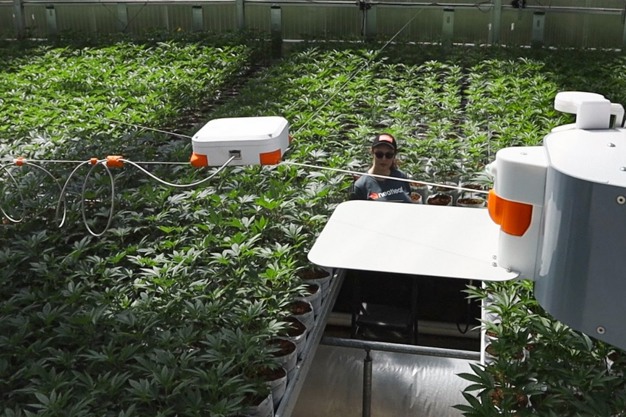
How does it work?
Elmar explains that it is a cable-based system, much like a football stadium camera, that fully autonomously flies over the canopy in indoor and greenhouse cultivation facilities, monitoring growing conditions, assessing plant health, and detecting pests across vast spaces. “The system operates 24/7 out of the way of cultivators and operates in 3D: like a football stadium camera, it can lower itself down to the canopy. The Spyder collects millions of data points, and our proprietary AI analyzes them. The results are visible in a single dashboard, managed and operated with any smart device. The data gleaned provides cultivators with a quantitative assessment of plant health, yield forecasts, and trends, microclimate analysis for all environmental parameters, including leaf VPD, and AI-based actionable insights. This allows growers to be more reactive to issues and focus on solving problems rather than identifying them. As a result, the cultivation process becomes more efficient and consistent.”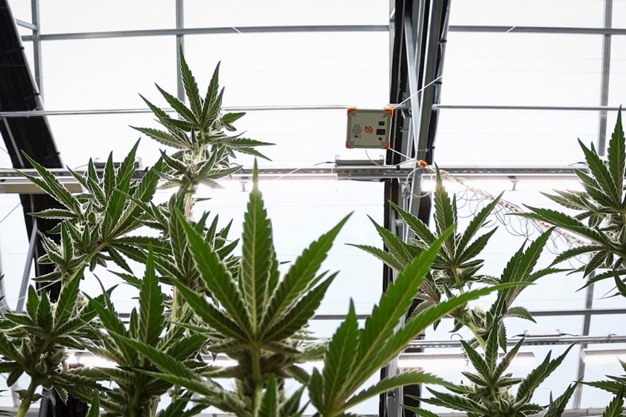
What exactly can the Spyder measure? It’s quite a lot, so here is the complete list: air temperature, relative humidity, CO2, leaf temperature, air VPD, leaf VPD, plant height, light intensity, light quality (intensity for different frequency bands), DLI, RGB images, NDVI (normalized difference vegetation index), plant health in numbers and location: amount of chlorosis, necrosis, and leaf folding, quantity and location of pests like powdery mildew, bud count and bud sizes.
Elmar says that the company continuously keeps adding more actionable insights as they evolve the product.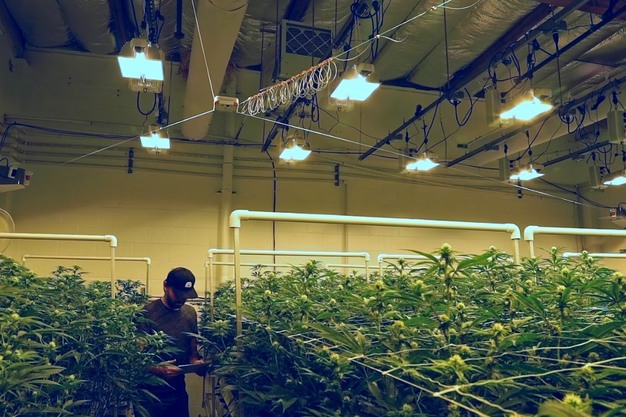
A flying plant expert
According to Elmar, there are many benefits to having the Spyder move across the canopy. “First of all, it operates out of the way of any cultivation operation and keeps an eye on every plant, all the time. There is no burden and impact on the people operating in that space. Moreover, it provides a comprehensive understanding of microclimates across the cultivation facility: how do parameters change throughout the day and night, throughout the grow cycle as well as seasons,” Elmar says. “It is a great benefit that it autonomously monitors the overall plant health and trends, providing plant stress in numbers and archiving all measurements. A cultivator can go back in time and compare how a plant looked like a couple of days ago, how a symptom spread, where and when it originated, or simply compare the current grow cycle with previous ones.”
Elmar explains that the technology is capable of uncovering issues immediately, up to 3 days before the human eye can even detect them, which allows cultivators to respond quickly and minimize losses. “It also measures crop yield - it quantifies and localizes it. It forecasts yield and allows to compare crop performance in various micro-climates or for different cultivars. Moreover, it captures comprehensive data across the full canopy and from multiple angles, something which has been impossible so far: multiple images per plant every day, leaf VPD across the full canopy, plant growth over time,” Elmar says.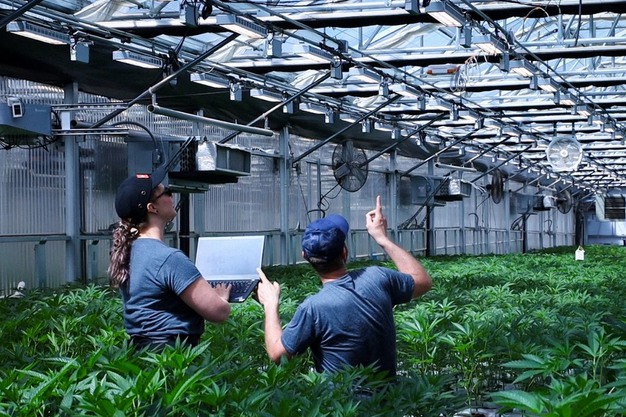
Cannabis
The Spyder has been designed to fit in any indoor and greenhouse cultivation facility to enable the monitoring of any crop grown in CEA facilities. So far, it has been installed at cannabis companies. “Cannabis is a highly exciting plant - it is one of the fastest growing plants on the planet. At the same time, we know very little about it compared to other crops, since it was illegal until recently, which makes it an incredibly hard plant to cultivate with very few experts who have experience at it. On top of that, the margins that cannabis can achieve are unique, and with an average industry crop loss of 15% and our pricing being below 1% of the revenue generated, it becomes a no-brainer to use a system like the Spyder,” Elmar says. “Besides that, our experience is that cultivators in the cannabis industry are very open-minded and creative. They love to collect data and learn more about their plants.”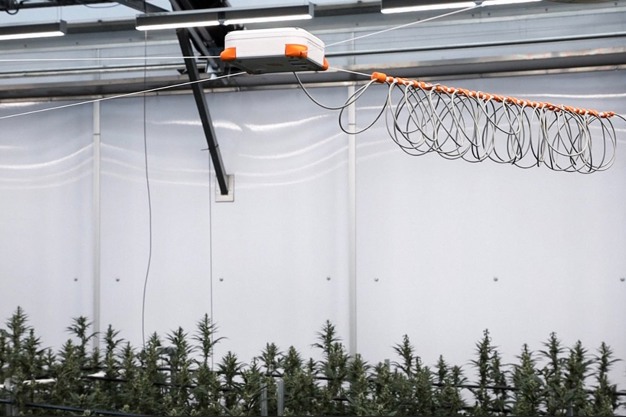
The company has been operating the system for over two years now in various gardens. “Since last summer, we have ramped up our production and are installing more and more systems in the field. Many customers even come back and ask for more systems. Some customers have now installed Spyder systems in each zone of their facility. It is a very affordable system that provides a lot of value. As it is a new way to cultivate, we made it very easy to try it out. We offer a 2-month pilot without any upfront cost (free installation) or commitment. Cultivators can just give it a shot, and if they don’t like it, they just send it back. Which hasn’t happened yet,” Elmar adds. “There are so many learnings that a cultivator can gain with this system, which also translates to other rooms or greenhouses. The system is often also used for A/B testing, trying out new SOPs, nutrient programs, or other changes to get immediate plant health feedback, such as 2% less folding, 10% more yellowing, 5% fewer buds, 10% larger buds, and more.”
For more information:
Neatleaf
info@neatleaf.com
www.neatleaf.com
